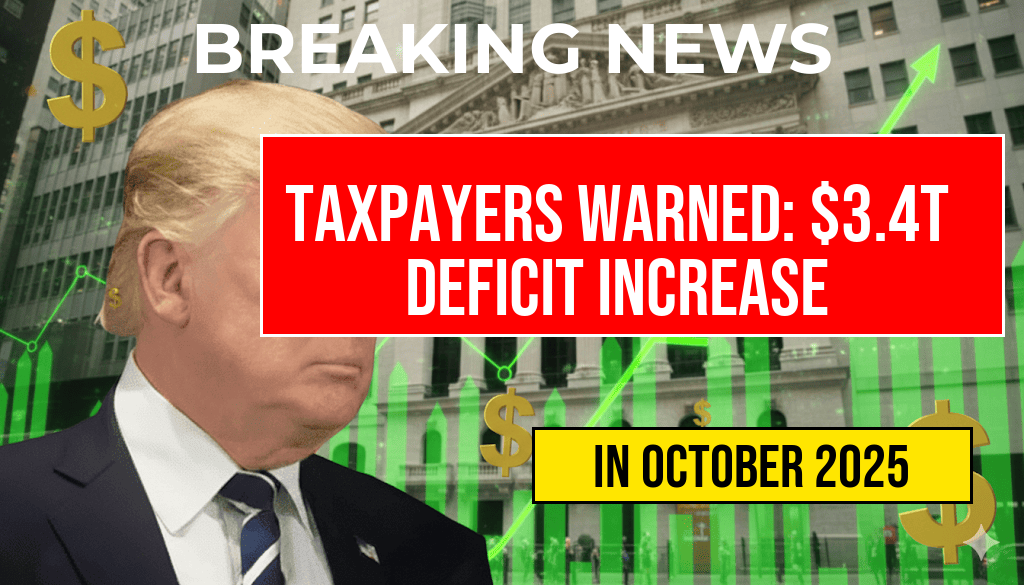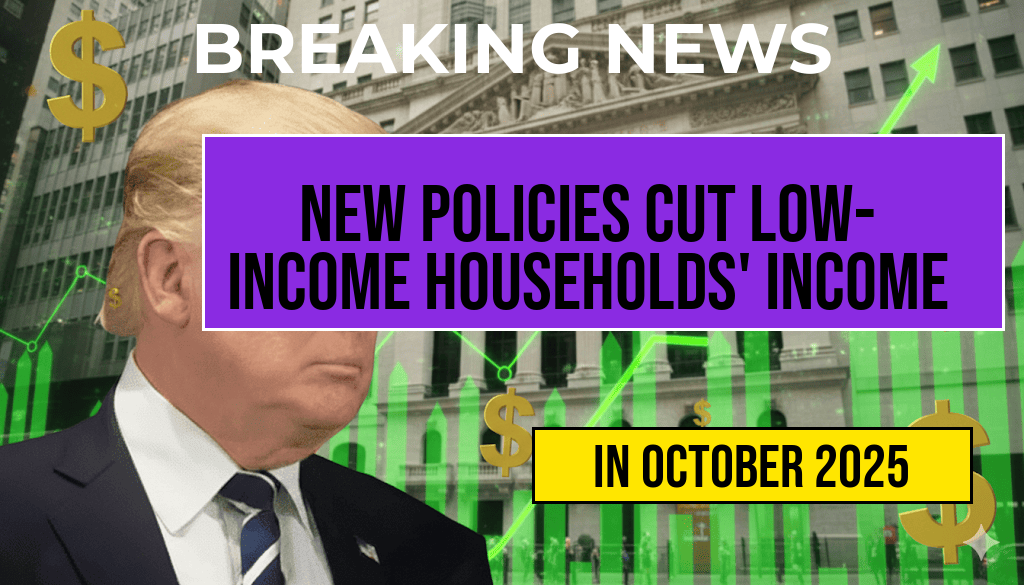Recent policy changes proposed by local and state governments are expected to significantly impact low-income households, with estimates suggesting an average potential loss of $1,650 in annual income. These measures, which include adjustments to taxation and social welfare programs, have raised concerns among advocates for low-income families. As lawmakers debate the implications of these changes, many households are left wondering how they will cope with the potential financial strain. Advocates argue that these reductions could exacerbate existing inequalities and push more families below the poverty line. While some policymakers argue that these changes are necessary for economic growth, the immediate effects on vulnerable populations could be severe.
Understanding the Proposed Changes
The proposed changes encompass a range of policies aimed at budget balancing and fiscal responsibility. The following key areas are affected:
- Tax Reforms: Adjustments to state tax brackets could increase the tax burden on low-income earners.
- Welfare Program Cuts: Reductions in funding for essential social services, including food assistance and housing support.
- Minimum Wage Stagnation: Proposals to halt increases in the minimum wage, which has not kept pace with inflation.
Impact on Households
The anticipated loss of income for families could have far-reaching consequences. For many low-income households, every dollar counts. A reduction of $1,650 can translate to:
- Increased difficulty in affording basic necessities like food and housing.
- Greater reliance on credit and loans, leading to potential debt spirals.
- Negative effects on children’s education and health due to financial stress.
Expert Opinions
Economists and social policy experts are weighing in on the potential consequences of these changes. Dr. Emily Carter, an economist with the Urban Institute, stated, “Reductions in income for low-income households will likely result in higher poverty rates and increased reliance on emergency services. This is not just an economic issue but a humanitarian one.”
In contrast, proponents of the policies argue that they are necessary to stimulate economic growth. “We need to ensure that our tax systems are fair and that we are not overextending our budget,” said state Senator John Doe. “These changes will help create a more balanced economy.”
Community Responses
In response to the proposed policies, community organizations are mobilizing to advocate for low-income families. Initiatives include:
- Rallies to raise awareness about the potential impacts.
- Campaigns to engage with local lawmakers and push for revisions to the proposals.
- Outreach programs aimed at educating households on financial planning and available resources.
Looking Ahead
As the debate continues, the future of these policies remains uncertain. Many community leaders are calling for a more comprehensive approach that considers the long-term effects on low-income families. “We need to prioritize the well-being of all our citizens, particularly those who are most vulnerable,” commented Maria Lopez, director of a local non-profit organization.
Conclusion
The proposed policy changes threaten to reduce the income of low-income households by an average of $1,650, raising alarms among advocates and experts alike. As discussions unfold, the focus will likely shift to finding solutions that balance fiscal responsibility with the welfare of the most affected populations. For ongoing updates on these developments, residents are encouraged to stay informed through local news outlets and community organizations.
| Policy Change | Estimated Income Loss |
|---|---|
| Tax Reform | $600 |
| Welfare Cuts | $800 |
| Minimum Wage Stagnation | $250 |
| Total | $1,650 |
For more detailed insights, refer to resources such as the Forbes and the Urban Institute.
Frequently Asked Questions
What new policies are being implemented that affect low-income households?
The recent policies introduced by the government aim to adjust various social welfare programs, which could potentially lead to a decrease in financial support for low-income households.
How much income reduction can low-income households expect?
Reports indicate that these new policies could result in an estimated income reduction of about $1,650 for families classified as low-income.
What are the potential impacts of these income reductions?
The income reductions may lead to increased financial strain on low-income households, affecting their ability to meet essential needs such as housing, food, and healthcare.
Are there any alternatives or solutions being proposed?
Advocates are calling for alternative solutions that would mitigate the negative effects of these policies, such as enhancing job training programs and increasing minimum wage to support low-income families.
How can individuals stay informed about these policy changes?
Individuals can stay updated by following news outlets, community organizations, and government websites that provide information on policy changes and their implications for low-income households.










